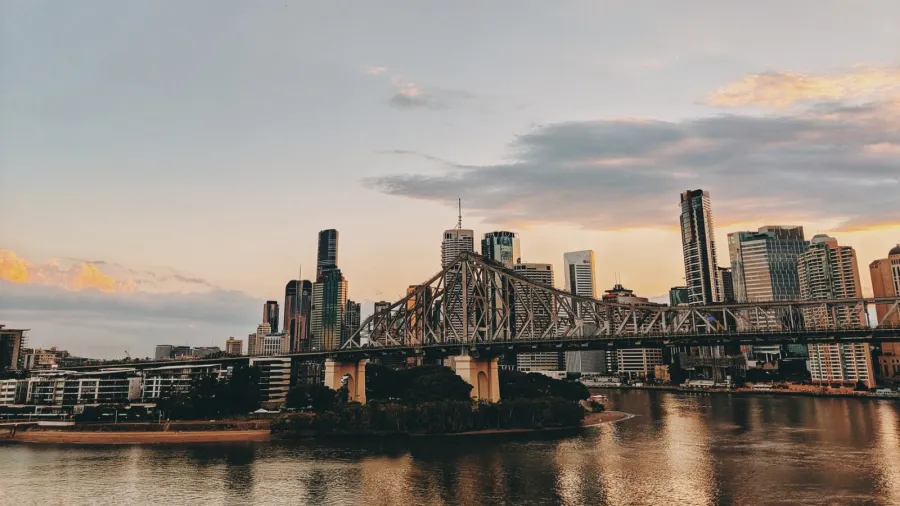
How much of Brisbane’s vacant office spaces are truly lettable?
Vacancy rates hit 14.9% in Q1, not far from the relatively high 10-year average of 14.3%.
Office vacancy rates in Brisbane CBD have been relatively high since the third quarter of 2019. According to JLL, given the current challenging leasing market conditions (largely due to the COVID-19 pandemic), there has been an obvious decline in occupancy in CBDs nationally.
The situation has led to softened demand for office space and, therefore, the vacancy rate in Brisbane remains elevated at 14.9% as of 1Q22.
Here’s more from JLL:
However, this vacancy rate is not far off from the 10-year average of 14.3%. Since a relatively high vacancy rate has persisted over the past decade, a question of how much of this space is truly lettable arises.
JLL tracks 2.3 million sqm of office stock in the Brisbane CBD, of which 44% is secondary space. In addition, office space of approximately 220,800 sqm is likely to be delivered by 2026, accounting for 10% of this area. Therefore, the risk of elevated secondary vacancy over the long term persists.
We anticipate challenging leasing conditions to continue for some time, translating into elevated prime grade incentives and further accelerating the flight-to-quality trend. Tenants will upgrade their office spaces with a marginal increase in occupancy cost in a worst-case scenario and the same cost in a best-case scenario. As a result, secondary assets that can’t be materially upgraded will face structural vacancy issues.
To conceptualise the amount of structural vacancy in the Brisbane CBD, we assessed all the properties there. This assessment counted space as ‘structurally vacant’ if a building was a secondary grade asset, owners showed reluctance to invest and upgrade the property or if vacancy remained at >20% of the building’s NLA over the past three years. The analysis shows approximately 3.5% of structural vacancy.
Not all is lost for good quality secondary assets that have the potential to be repositioned, though. The recent purchase of 444 Queen Street in the Brisbane CBD is a prime example. PGIM Real Estate purchased the B-Grade asset in October 2021 for AUD 56.2 million to reposition the asset to an A-Grade standard through refurbishment. Concurrently, they are placing importance on improving the building’s Green Star rating from 4 to 5.
While conditions remain challenged and concerns for the market outlook remain heightened by the supply pipeline, secondary landlords will have to brace themselves for long-term structural vacancy issues.



















 Advertise
Advertise




